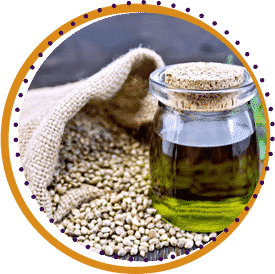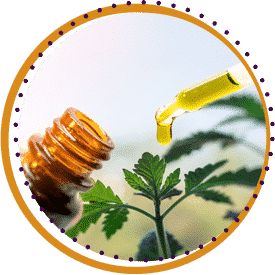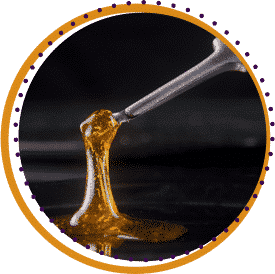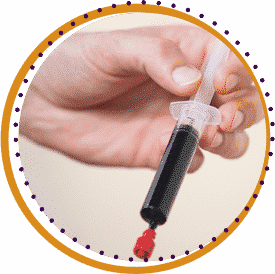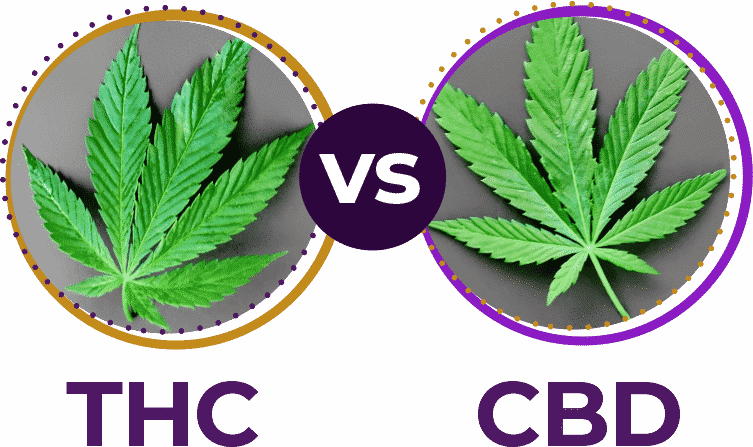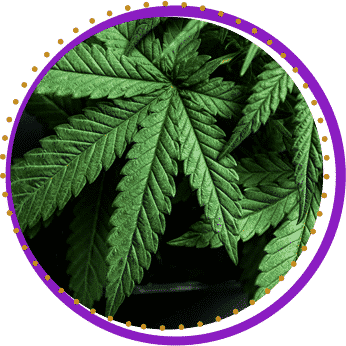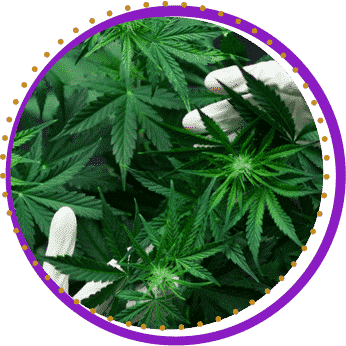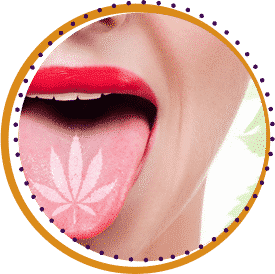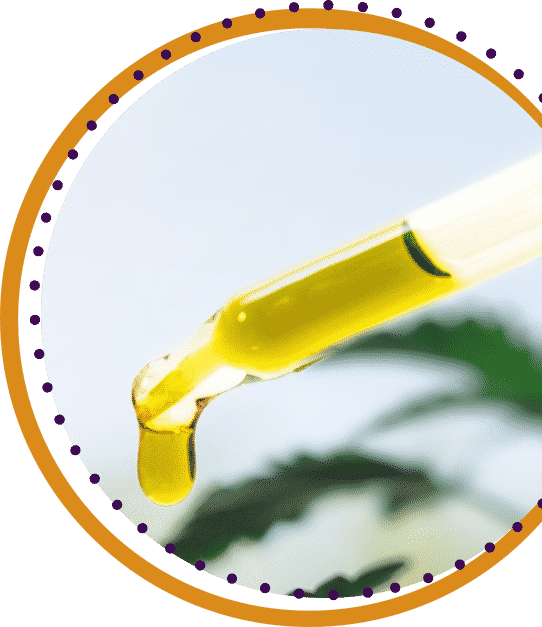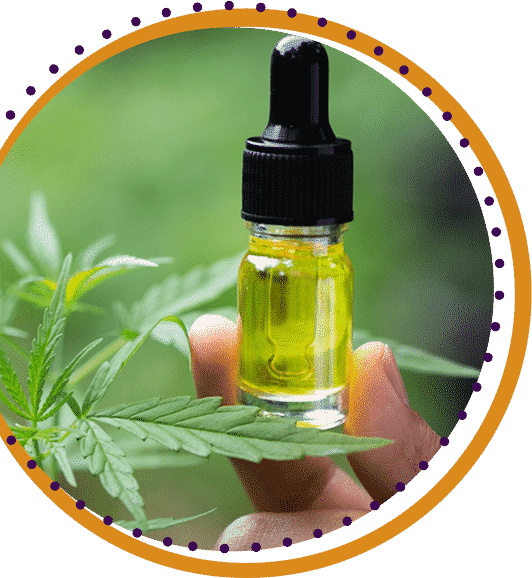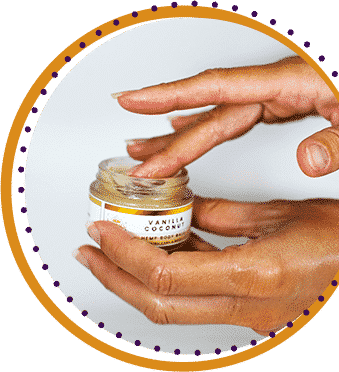First Off, What Is Cannabis Oil?
Cannabis oil is a liquid extract of the cannabis plants. It is commonly known as one of many cannabis concentrates. The plants generate many classes of chemical compounds. One well-known category of the compounds is known as cannabinoids. Though there are several cannabinoids, the most popular among consumers is CBD (Cannabidiol) and THC (Tetrahydrocannabinol).
THC is responsible for the psychoactive effects associated with the use of marijuana. On the other hand, CBD does not have the effects but has shown significant medical benefits to the user. Cannabis oil has varying levels of cannabinoids depending on the plant source. For instance, oil extract from marijuana plants has higher levels of THC while those from hemp plants are high in CBD.
Marijuana oil is an extract of a marijuana plant and due to the high levels of THC sometimes it’s known as THC oil. The oil is derived from a female plant where alcohol is used in resin extraction. The alcohol evaporates leaving cannabis concentrate in the form of thick syrup with a high concentration of THC. Sometimes a person referring to marijuana oil will just call it cannabis oil. Oil extract from hemp plants has a high concentration of CBD and is known as hemp oil.
In this cannabis oil guide we will go over the ins and outs of this therapeutic substance.
Brief History of
Cannabis Oil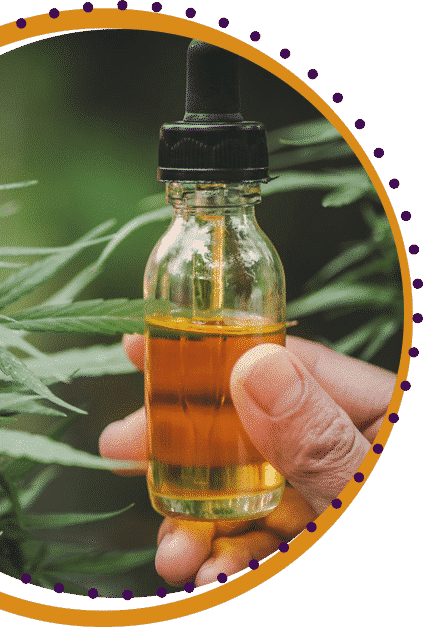
Lets begin our cannabis oil guide by going to the roots of this substance. In the list of the oldest cultivated plants in the world, you won’t miss cannabis. The cannabis plant traces its origin in Asia before spreading to other parts of the world. There are two related subspecies of the cannabis plant: Cannabis sativa (marijuana plant) and Cannabis saliva L. (hemp plant).
Ancient History
Though there have been negative perceptions of the cannabis plant, there is evidence that there was the utilization of the same for treatments. Chinese Emperor Nung made suggestions on the use of cannabis to treat conditions such as rheumatism and memory lapse.
In 6000 BC, the use of cannabis oil and seeds as the food was already a norm in China. Moreover, the use of cannabis is traceable in Egypt, where physicians recommend treating cancer, anxiety, and inflammation. To prove the treasure of Marijuana among, pictures show Seshat with a cannabis leaf on the head. Seshat was the goddess of knowledge and wisdom.
Modern History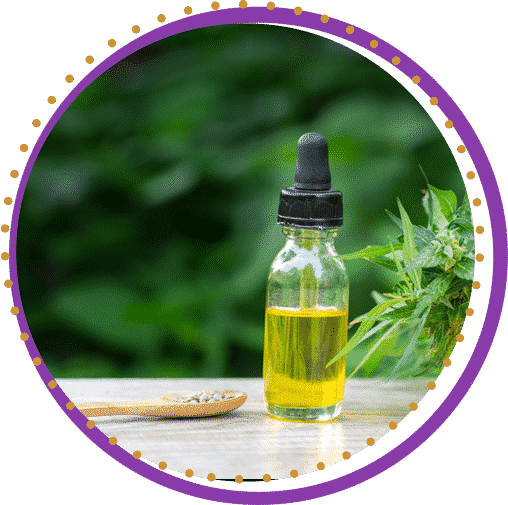
In the early 20th century, cannabis began gaining popularity in the United States. Its potential medical benefits such as treatment of anthrax, mental disorders, and addictions to alcohol were already officially recognized in the country. However, around 1925, cannabis users began to receive a lousy perception.
There was a mentality of linking users with issues such as discriminations on race and religion, prompting the creation of the Marijuana Act. The act enforced in 1937 saw the ban on growth and usage of any plant related to the cannabis family. Research on the medical benefits of the plant suffered a great setback.
However, as more studies on cannabis continue, the lousy reputation is fading out. Most European countries have softened their stand on cannabis oils. In Spain and the United Kingdom, CBD products are now legal, provided they adhere to a maximum THC limit of 0.2%.
In America, the restrictions are dependent on the state with all states allowing the use of at least one form of cannabis. For instance, you can use CBD oil in Washington for recreation, whereas you can only use FDA approved CBD products in South Dakota State.
Cannabis Oil Canada: An Origin of the Story
The cannabis plant has been cultivated in Canada for a long time until 1923. Before Canada became a country officially, the first settlers grew it as a cash crop for various purposes. The ban on the plant was due to social concerns.
However, the formation of a commission of inquiry opened a new chapter in Canada’s history of cannabis usage. The commission’s mandate was to address the concerns by creating a social policy on the issue. In 1972, the task force came up with less stringent measures on cannabis. The commission gave room for amendments though cannabis remained illegal.
The turning point was in 2018 when the Senate passed an act on marijuana legalization. The law legalizes while at the same time regulates the production and sale of cannabis. The objective of the cannabis act is to protect the youth and the public’s health and safety.
Adults who have attained the legal age in Canada can possess cannabis oil Canada. However, you should make the purchase from a regulated retailer in your province or territory. Since some regions have not yet authorized retailers, you can purchase online dispensary Canada. It is convenient to buy weed online since you only need to have an E-Payment method, your browsing device, and set aside your time to go through the products.
The cannabis act allows adults of legal age to share with other adults or possess in public, legal cannabis products of not more than 30 grams. It is important to note that the amendment of the cannabis act in 2019 allows the sale of concentrates and edible cannabis.
Oil and capsules are the primary forms of consumption for cannabis oil in Canada. The oil contains both THC and CBD, which, together with other cannabinoids, determines your feeling after oral use. Mostly, THC oil in Canada undergoes decarboxylation and thus is ready for consumption.
One thing for certain is the THC oil Canada community is growing fast. This is the trend ever since Marijuana Legalization was enacted in Canada. Let’s move on in this cannabis oil guide.


